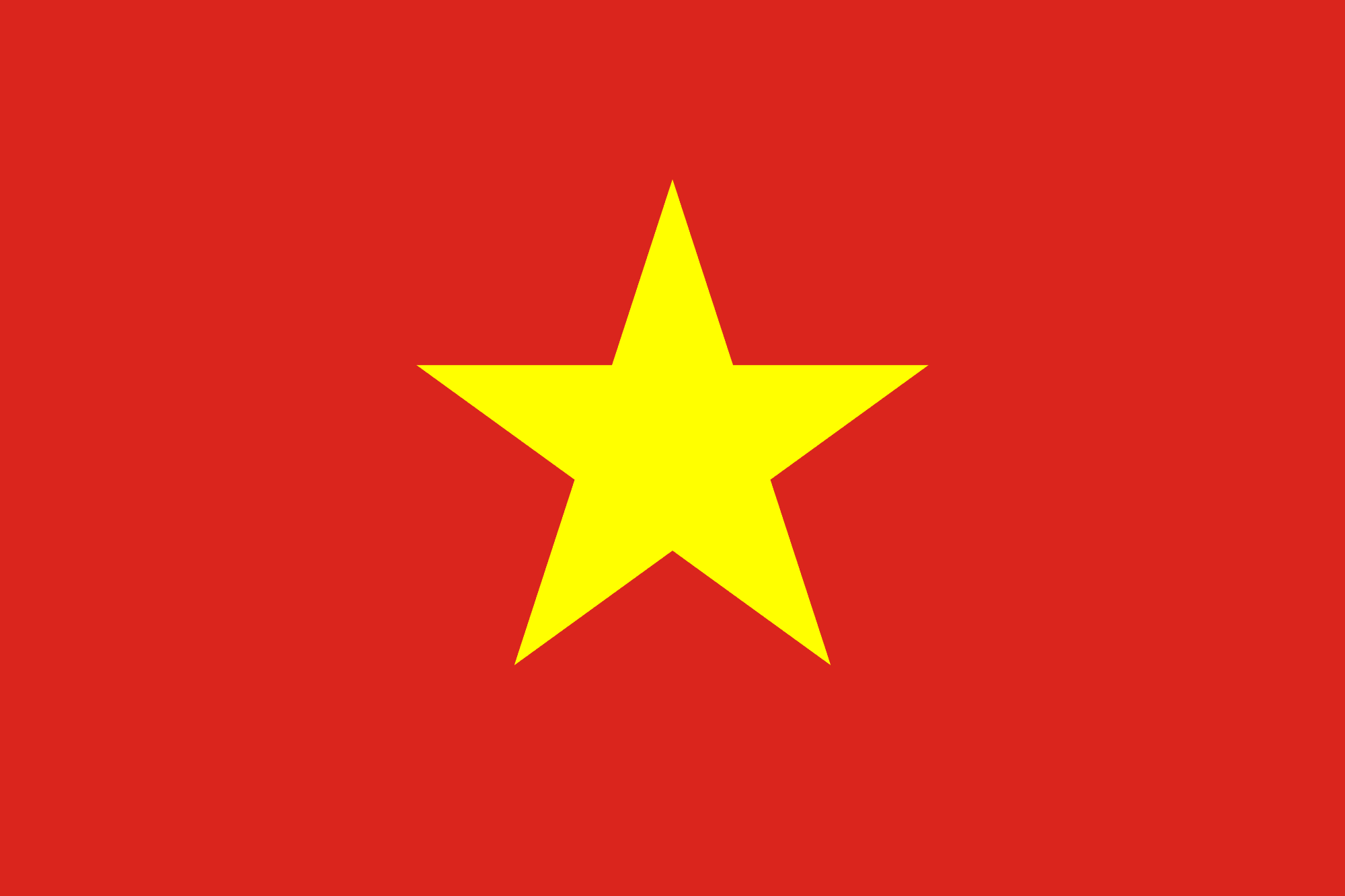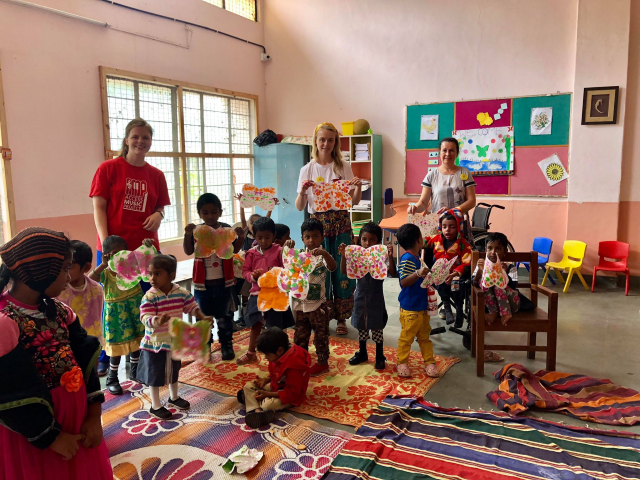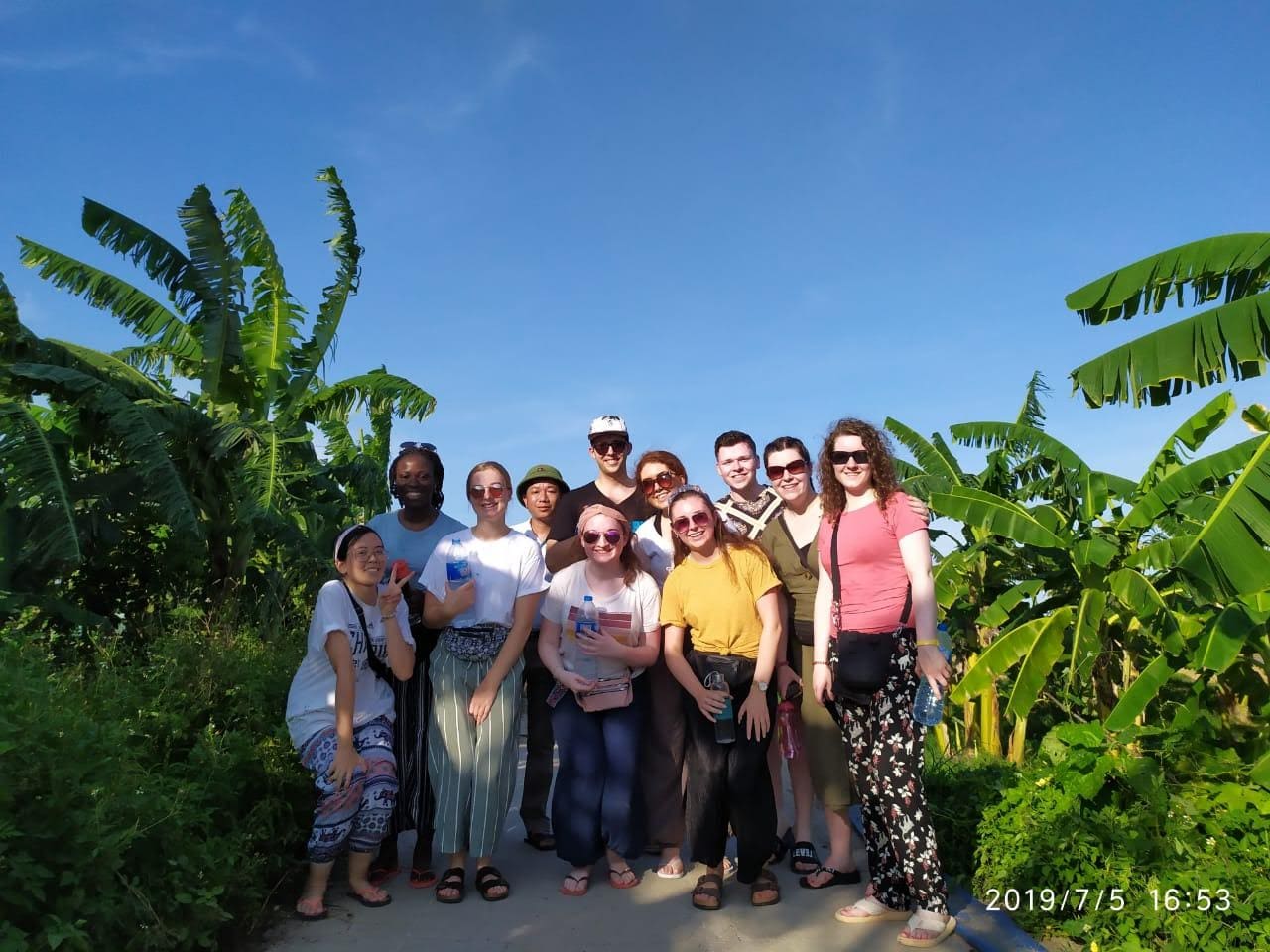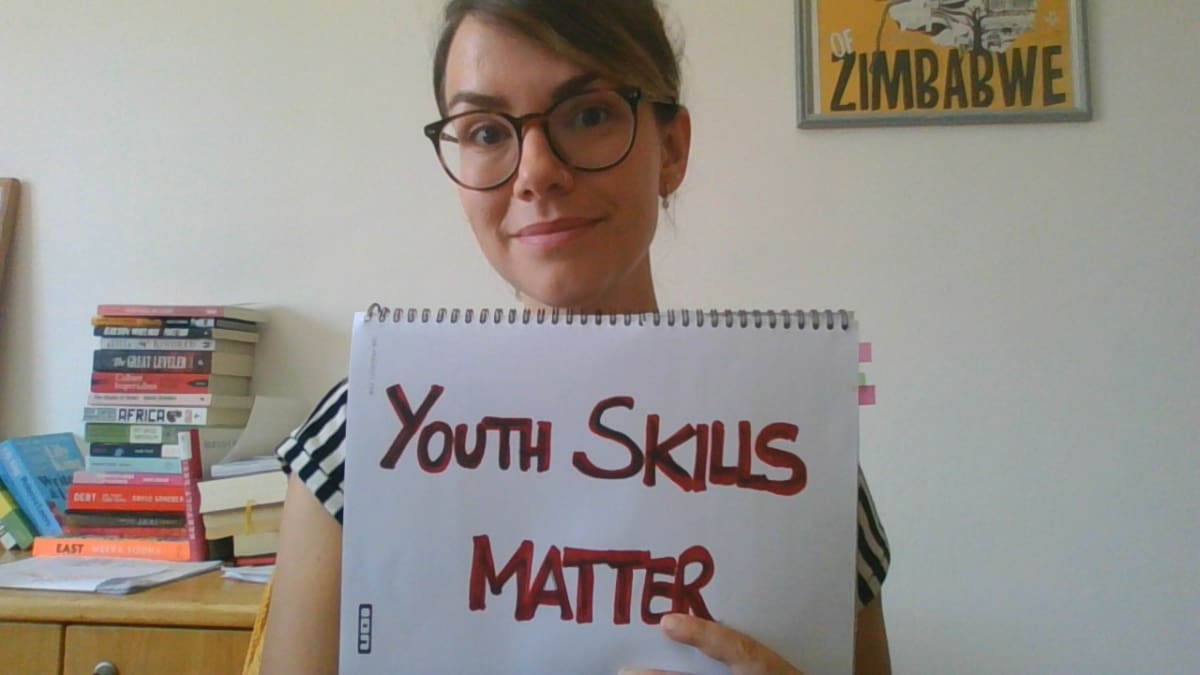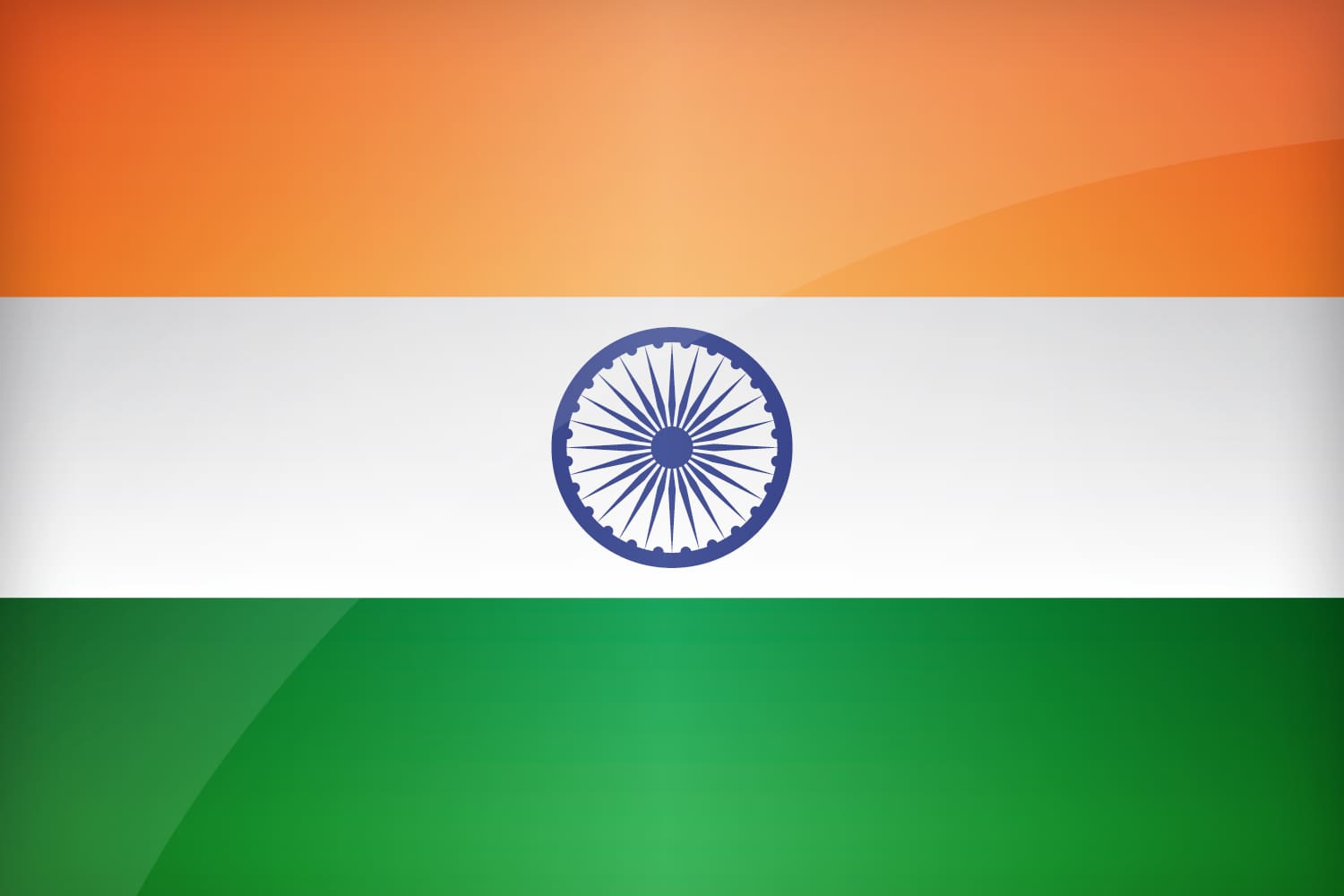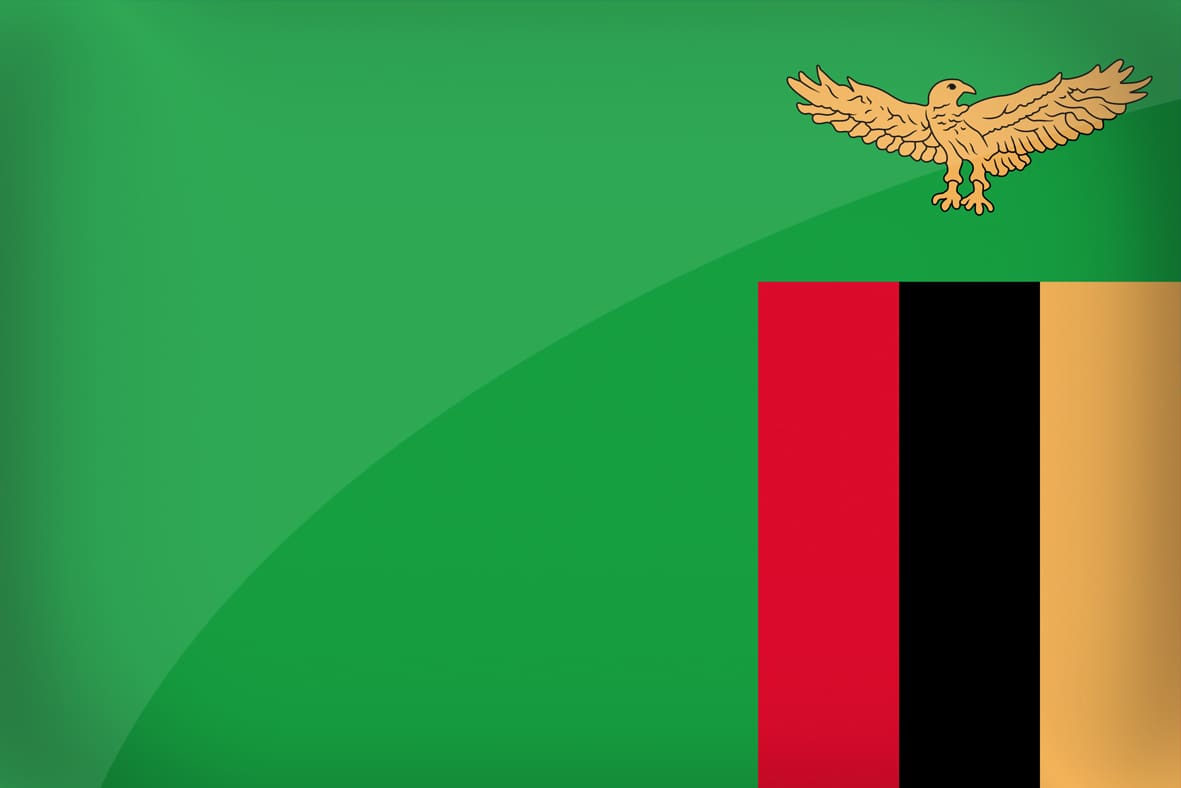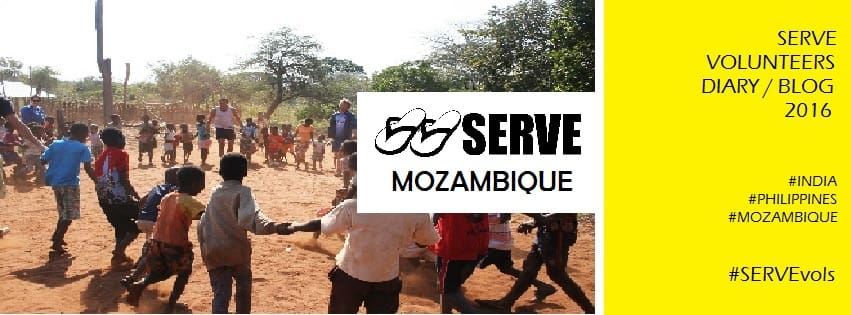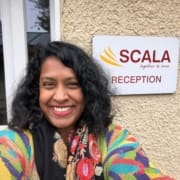Hope for a positive future: Friendship Village, Vietnam
By Said Büehlen
We have just completed our first few days in the “Friendship Village” in Hanoi. In this village, over 120 children with disabilities connected to the use of “Agent Orange” live, learn and play together.
I could tell you all about the atrocities committed by the American army during the war. I could tell you about stories of severely disabled children. I could tell you about lives ripped apart, about suffering and about misery.
Instead, I want to tell you a story of hope. A story of a brave woman who defies the odds and makes the best out of a difficult situation. A story of success, and a story of inspiration and gratitude.
On Monday, we entered the Friendship Village to have a discussion with its director about the history and aim of this project and to get to know the facilities and the children living there as well. Founded by an American War Veteran in 1990 children with disabilities and Vietnamese Veterans can apply to live together in community houses, attend classes and get free healthcare.
The first thing I noticed meeting the children for the first time was their welcoming nature and their positive attitude. You could imagine a dark and sad atmosphere. Nothing could be further from the truth. The children immediately connected to us, wanted to get to know us and play with us. We experienced a lot of hugs and more laughter.
Each according to his ability, every child attends a different class, starting from a very basic class of games for children with autism up to sewing classes, a sports class as well as a quilling and flower / decoration class.
On Tuesday morning, Eve, Roisin and myself had the pleasure to attend the quilling and flower / decoration class. There, I met Kelly. She has been in the Friendship Village almost all her life. She told us that she is the only surviving sibling out of 13. All of them are affected by Agent Orange and were born with severe disabilities. Kelly came to the Friendship Village, and that changed her life.
She told us that about 10 years ago, a former volunteer at the Friendship Village taught her the basics of quilling. Using nothing but paper and glue, they create the most amazing figures, pictures and greeting cards. It is breath-taking to witness her ability, creativity and swiftness in creating new works. The Village helped her to set up her own YouTube channel (Kellys Quilling), which has about 30 000 subscribers and videos with more than 700 000 views.
Kelly is selling her products in the village, which allows her and others to make an income and be more independent. It is also a great way of getting recognition for their fantastic work and effort. She is not the only one. The village offers sewed handbags, greeting cards, flowers and much more. It is so rewarding to see the children and young adults being so proud of their work.
Meeting those kids and seeing their view on life makes you reconsider your own history. I asked one of the women how they feel about the Americans, and if they still hold a grudge about the crimes committed and the lack of help or even apology to this day. She told me that for her, the past is in the past. They don’t want to live in their history. They want to create a better future.
Later that day, we had a talk with the director of the Center for Sustainable Development Studies, Don Tuan Phuong. We talked about the war, about Agent Orange and the effect it has had and still has today. You have to keep in mind that the children who live in the village are 3rd or 4th generations after the war has ended. None of them have any fault for this, none of them had a choice.
But one thing Phuong said stuck with me: “They [the kids] are not looking for revenge. They are looking for love. So go on in your volunteering, play with them, talk to them, even dance with them, just be there. They deserve the love.”

